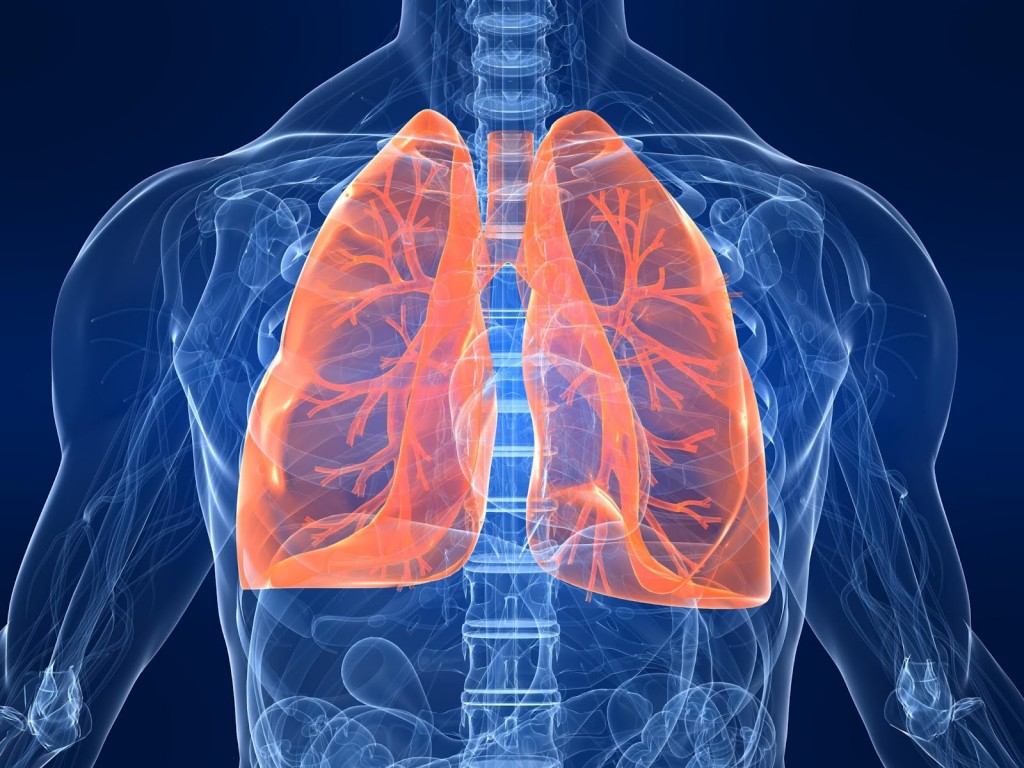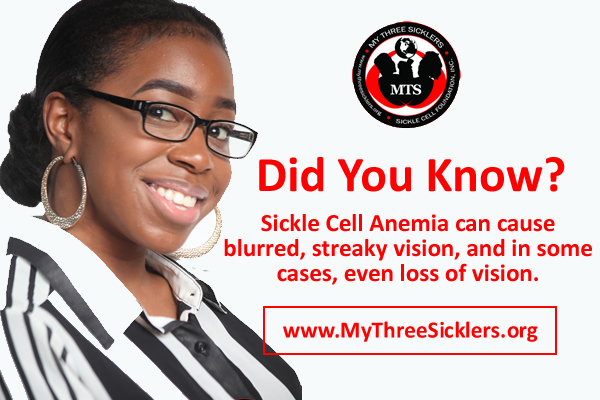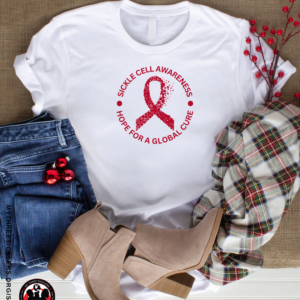Sickle cell anemia, also known as sickle cell disease, is a genetic condition that affects the shape of red blood cells in a person’s bloodstream. Several complications arise because of the abnormally shaped red blood cells in different parts of the body, and these are characterized by sickle cell anemia symptoms. The disease should be diagnosed and treated as soon as possible mainly due to such sickle cell anemia complications.
The Seven Sickle Cell Anemia Complications
Sickle Cell Anemia Complications #1: Acute Chest Syndrome
This is one of the most severe sickle cell anemia complications, and it can become life threatening if timely treatment and care is not provided.
This condition arises when sickle shaped blood cells block the small blood vessels in the lungs. It can also be triggered if the lungs get infected by microorganisms like bacteria or viruses. This in turn causes fever, chest pain, and breathing difficulty in individuals with sickle cell disease.

Sickle cell anemia complications can affect major organs like the lungs and kidneys
Sickle Cell Anemia Complications #2: Organ Damage
When the sickle shaped red blood cells prevent the easy flow of blood through the blood vessels, oxygen supply to various organs is reduced.
Over a long term, inadequate oxygen or blood supply can damage the organs and nerves in the body. The organs that are most affected in this way are the brain, bones, muscles, liver, lungs, kidneys, spleen, eyes, and penis (in the case of males).
If timely treatment is not provided, such sickle cell anemia complications could be fatal.
Sickle Cell Anemia Complications #3: Stroke
When the blood supply to the brain is insufficient, the body reacts through a stroke. The most common symptoms of a stroke are:
- Loss of consciousness
- Sudden seizures
- Sudden difficulty in speech
- Numbness in the legs and arms
This is also a fatal complication.
Sickle Cell Anemia Complications #4: Splenic Sequestration Crises
During circulation, the sickle shaped red blood cells get trapped in the spleen, and this enlarges the organ. Low blood supply results in anemia too.
The symptoms associated with this condition are:
- Weakness
- Breathing difficulty
- Pale skin
- Increased heart beat
- Pain in the abdomen
- Enlarged spleen
Sickle Cell Anemia Complications #5: Pulmonary Hypertension
Due to high blood pressure in the blood vessels, pulmonary hypertension develops.
This is one of the most common complications that can be noted in young adults with sickle cell disease. Because of hypertension, the right side of the heart is damaged, which in turn reduces the blood supply to the body. The most common symptoms are weakness, dizziness, and shortness of breath.
 Sickle Cell Anemia Complications #6: Blindness
Sickle Cell Anemia Complications #6: Blindness
When the blood supply to the eyes is affected repeatedly, the retina is damaged permanently. This condition is called retinopathy, and it is one of the primary complications associated with sickle cell anemia.
The most common symptoms are:
- Blurred vision
- Streaky vision
- Reduced night vision
- Sudden loss of vision
Sickle Cell Anemia Complications #7: Priapism
This is the most common complication in men with sickle cell disease.
Under this condition, patients suffer from severe pain and long lasting erections. The sickle shaped red blood cells block the blood vessels that supply blood to the penis, and in turn, the lack of blood supply damages the organ and finally leads to impotence.
Apart from these sickle cell anemia complications, affected individuals might develop other problems like delayed physical development, gall bladder disease, liver problems, kidney problems, and gum disease. In many cases, multiple complications might arise due to sickle cell disease, and this is one of the reasons why the sickle cell anemia diagnosis and treatment is highly important.









